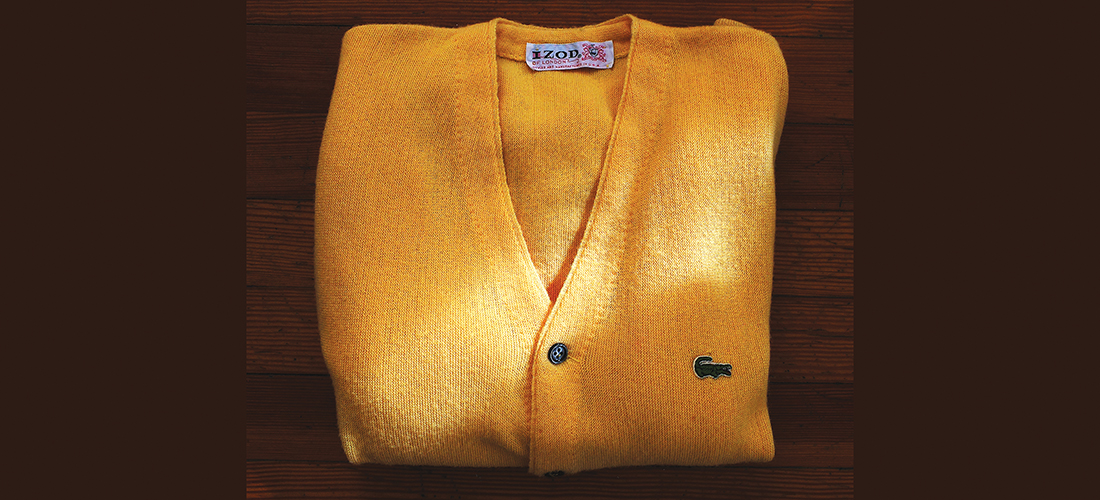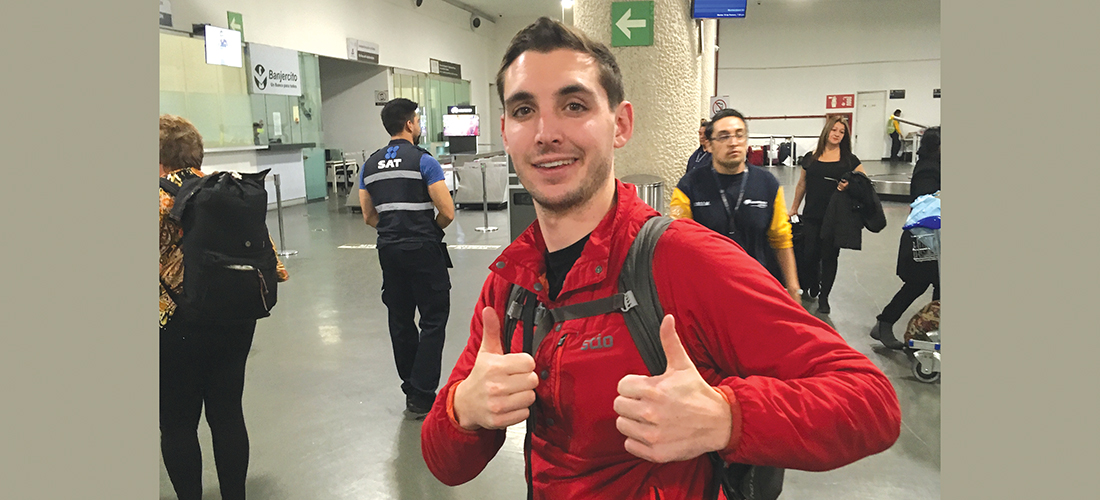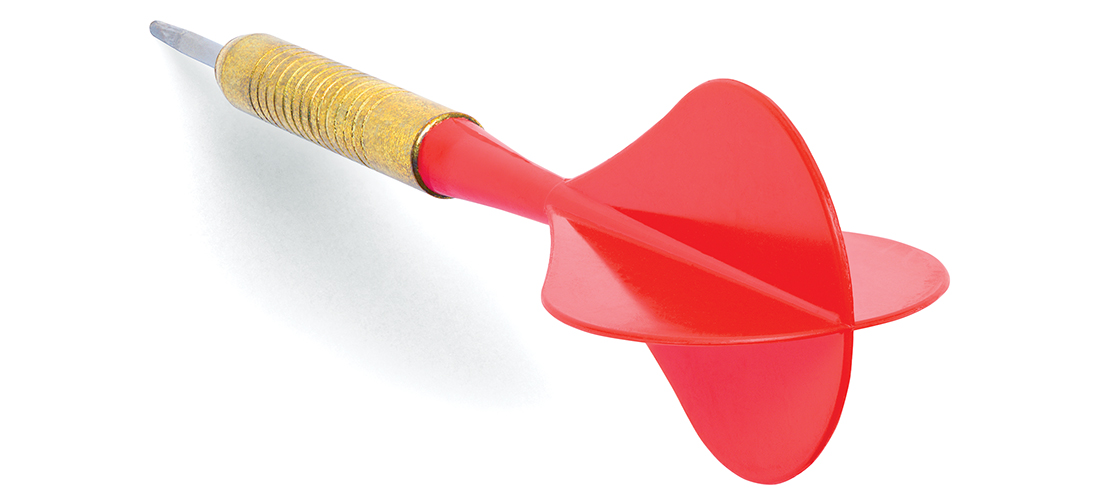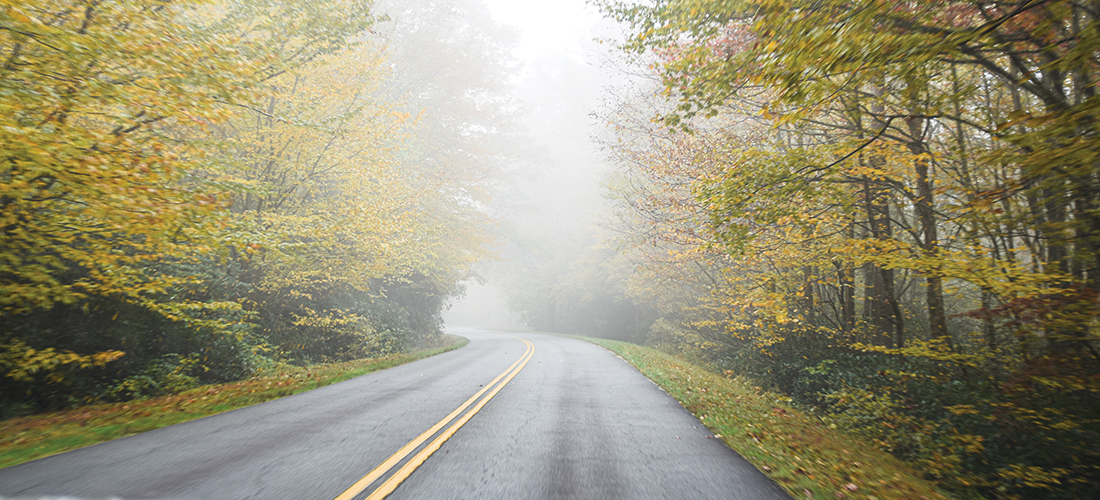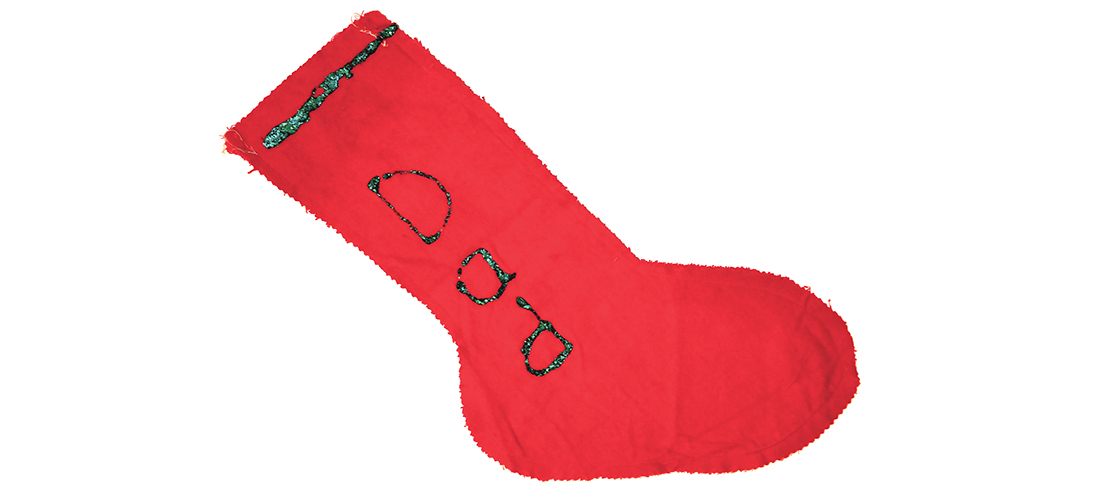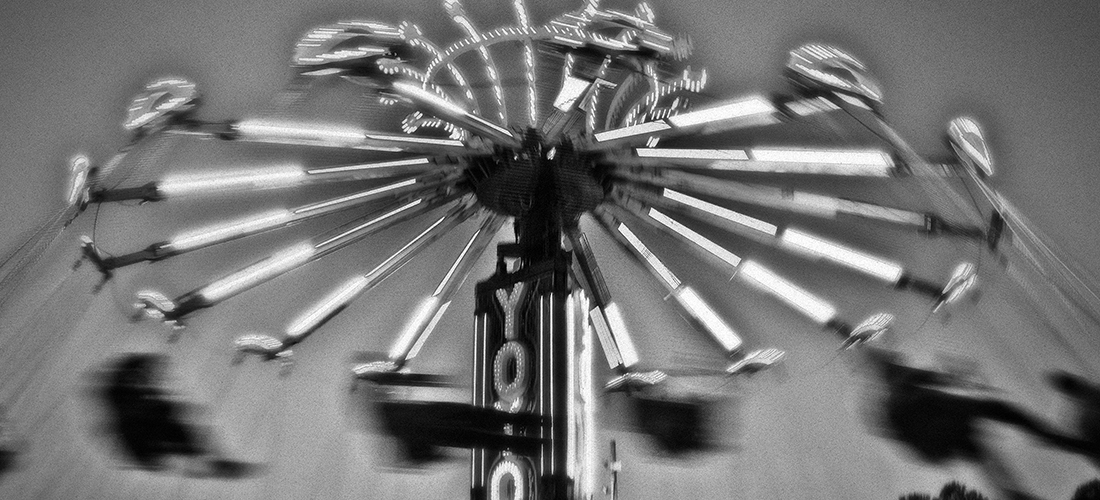Polyester and Plaid
The ghosts of fashion don’ts
By Bill Fields
After retrieving the items from a box and making a cursory inspection, one thing was as clear as my vision after cataract surgery: Moths have better taste than I did.
This particular sweater and sport jacket are nearly 50 years old but, notwithstanding a few small stains, they have survived the decades intact, their synthetic fibers not even on the menu for a couple of generations of nocturnal insects.
These are not just any clothes. They were two of my go-to garments during high school, possessions I wore with pride despite their effect on my social life. I loved them.
The canary cardigan and tan, blue, red and white plaid coat weren’t exceptions but the rule for my 1970s dress code. Multiple photographs in my high school yearbooks are proof of these fashion crimes. Among plenty of denim and flannel there I am, over and over, ready for a tee time.
I blame golf for leading me down the polyester path, although I take full responsibility for my rust-colored corduroy suit (with vest). If what I wore led to where I was on Friday and Saturday nights — upstairs in my room, alone, reading and listening to the radio — I was OK with it, such was my obsession with the game.
Part of playing golf was dressing the part, and I did my best. I was aided and abetted in this pursuit. In ninth grade, by which time I had abandoned other sports to concentrate on making the tour, my social studies teacher was Mrs. Troop, a kind, young woman whose husband, Lee, was an assistant pro at the Country Club of North Carolina. Told of my golf habit, he gave me a trio of lightly used, 100 percent orlon, men’s size large Izod sweaters in blue, red and yellow. They were Crayon-bright colors with a green crocodile on the left breast, what cool golfers (as opposed to cool teenagers) were wearing in 1974.
I donned those sweaters regularly, in class and on the course, over the next several years. They were in my regular cool-weather rotation along with a zip-up crafted from velour, the poor man’s cashmere. Regardless of the season, chances are I had on a pair of polyester slacks, some of them in plaid or check patterns purchased with my employee discount in the pro shop at Mid Pines Golf Club, where I worked part time as a golf cart attendant. And I might have been wearing my casual deerskin shoes popular with the septuagenarian crowd.
The synthetic-fibered sport jacket (Andhurst by Belk) had padded shoulders and was of a sturdy hand. It was plain ugly, yet I often wore it senior year while delivering the sports on Pinecrest’s student-produced daily closed-circuit television show over a golf shirt with a wide, hard collar. The garish jacket is in the annual, too. I am telling the score of some Patriots’ game while sitting next to the weather girl, who that day was wearing a shirt with “Foxy Lady” inscribed on the front. At least I wasn’t the only one committing a fashion faux pas.
Besides playing much better than we did, I’m sure the golf-mad teenagers at Pinecrest these days dress better as well. Golf clothing still has its quirks — quarter-zip anyone? — but the game’s fashion doesn’t, for the most part, scream like it did during the Synthetic Seventies.
That said, there probably are a few Rickie Fowler wannabes who will feel about their head-to-toe Creamsicle-colored outfits the way I recall the days I looked like a goldfinch. At least my yearbooks were printed in black and white. PS
Southern Pines native Bill Fields, who writes about golf and other things, moved north in 1986 but hasn’t lost his accent.

